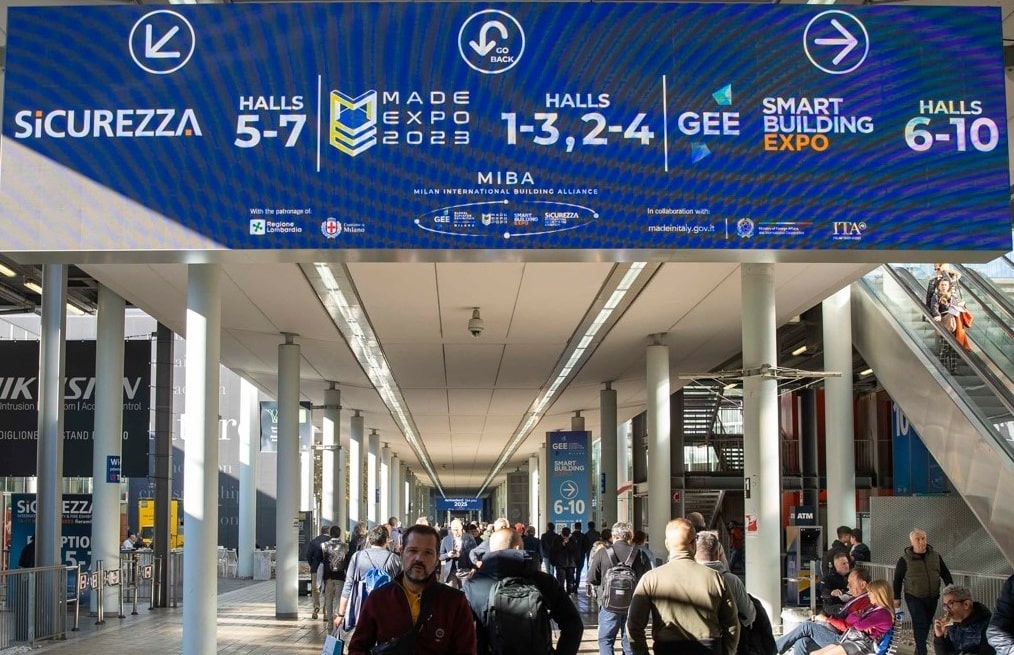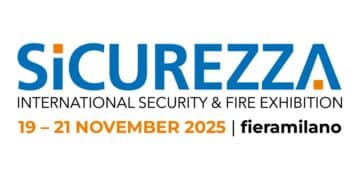The evolution of the built environment toward greater environmental sustainability, higher energy efficiency, and improved living quality is now at the core of European policy. The transposition of the EPBD IV Directive (Energy Performance of Buildings Directive IV), together with the Renovation Wave — the EU strategy aimed at promoting the redevelopment and energy efficiency of buildings — forms the foundation for a structural transformation of the sector. The coming years will be crucial for the relaunch and renewal of the building stock not only in Italy but throughout Europe.
Within this context, Fiera Milano presents the 2025 edition of MIBA – Milan International Building Alliance, the format that, starting on November 19, will once again bring together four trade shows offering a holistic vision encompassing materials, technologies, solutions, and systems for the evolution of buildings and cities. GEE – Global Elevator Exhibition (vertical and horizontal mobility), MADE expo (construction and architecture), SMART BUILDING EXPO (technological integration), and SICUREZZA (security & fire) present impressive figures: more than 1,250 companies from 38 countries, eight exhibition halls, and significant international presence, accounting for 28% of total exhibitors. The most represented countries include Germany, Spain, Poland, France — Europe’s major producers — and China, confirming the global reach of the event.
A strong focus is placed on training and professional development, with over 100 sessions dedicated to the major challenges shared by all four markets: sustainability, digitalisation, security, and artificial intelligence applications.
“MIBA is the result of a growth path that has united markets and exhibitions that were once separate, creating a system capable of transforming technological innovation and professional know-how into concrete business opportunities,” explains Paola Sarco, CEO of Made Eventi and Head of Building & Industry Exhibitions at Fiera Milano. “With over 1,250 companies, increasingly international and representative, MIBA offers a unique platform where numbers, projects, and ideas translate into real solutions for sustainable building and urban regeneration. Today more than ever, integration is the key to meeting the challenge of sustainability and leading the evolution of living spaces”.
The MIBA Observatory: The opportunities of the new European Bauhaus
Developed by the Politecnico di Milano, MIBA’s scientific partner, the Third MIBA Observatory offers a mid-term analysis (2025–2027) of the construction sector’s outlook, identifying a significant development driver in the New European Bauhaus (NEB) — the European Commission’s initiative aimed at renewing the relationship between society, culture, and the built environment, with a focus on buildings that combine three key dimensions: sustainability, beauty, and inclusiveness.
According to the study, during 2025–2027, the main financial implementation instrument of the NEB will be the NEB Facility, a European funding mechanism that will mobilise more than €240 million per year (50% dedicated to innovation and research, 50% to project implementation), with the goal of promoting the development and dissemination of innovative solutions for transforming urban neighborhoods.
As a strategic growth driver, the NEB demonstrates a strong multiplier effect: according to sector estimates, every euro invested by the NEB Facility generates an economic impact roughly 30 times its initial value, thanks to the activation of national co-funding, regional resources, private capital, real estate funds, green financial instruments, and public–private partnerships. It is therefore estimated that the NEB Facility could generate approximately €7 billion per year in NEB-oriented projects, totaling over €20 billion between 2025 and 2027.
For Italy alone, this would correspond to NEB-oriented investments worth approximately €2.5 billion over the three-year period.
These resources could serve as a powerful innovation engine for the national market, encouraging projects on public, educational, residential, and cultural buildings inspired by the core principles of the New European Bauhaus — sustainability, beauty, and inclusiveness.
NEB-oriented investments are also expected to generate significant spillovers across all four MIBA sectors.
For more Sicurezza news, click here





